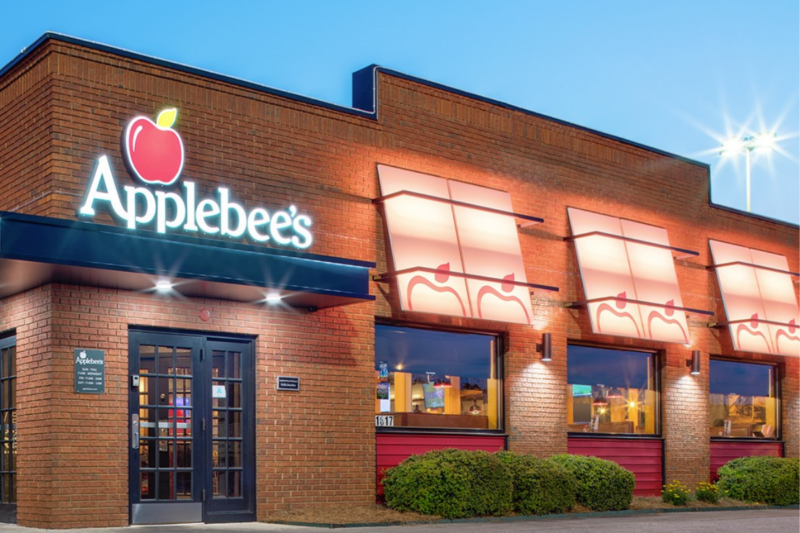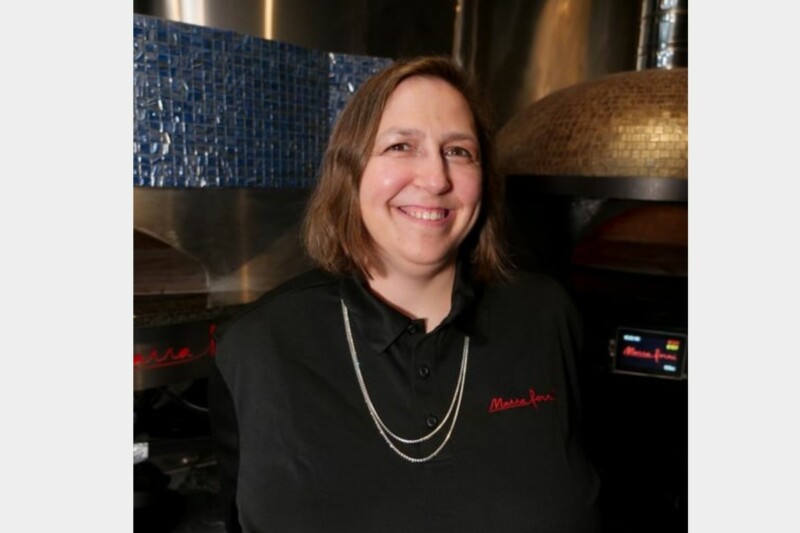IFMA Projects 4.6% Foodservice Industry Growth This Year
The association says consumer demand is there, but the infrastructure to support it is lagging.

While the foodservice industry isn’t expected to reach 2019 operator spend levels quite yet, the International Foodservice Manufacturers Association is predicting 4.6% real growth this year compared to 2021.
The association published its 2022 foodservice industry and segment growth projections today based on models created in conjunction with the foodservice research firm Datassential and validated by operators from the Foodservice Leadership Councils, who act as advisors to IFMA and its board of directors.
The projections use calendar year 2019 as a benchmark due to recent marketplace volatility and are based upon several key assumptions, including total 2022 annual average inflation of 5%, supply chain constraints, labor shortages and many white-collar employees continuing to work from home versus the office.
According to the findings, the restaurant category as a whole is expected to fall short of 2019 operator spend levels by 2% this year.
When breaking down the category by segments, quick-service restaurants, which have performed significantly better than other segments overall, are expected to fare the best, surpassing 2019 operator spend levels by 7%.
However, the fast-casual segment will lag, says the association, and full-service segments—including midscale and casual dining—will not see the same recovery as quick-service restaurants, only reaching 81% and 91% of 2019 spend, respectively.
Collectively, on-site segments are projected to reach only 83% of 2019 spend, except for education segments, which are expected to return to 2019 levels this year.
“The good news is that the foodservice industry is in full recovery mode,” said Phil Kafarakis, IFMA president and CEO, in a press release. “Consumer demand for away-from-home meal occasions is back. However, the infrastructure to support that demand, in the form of labor and supply shortages, is lagging, resulting in higher cost of goods.”
RELATED CONTENT
- Advertisement -
- Advertisement -
- Advertisement -
TRENDING NOW
- Advertisement -
- Advertisement -
- Advertisement -


